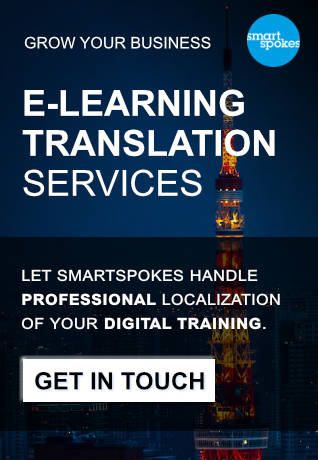Localization of e-learning content can seem like a daunting task, especially when you’re trying to ensure that your material resonates with diverse audiences worldwide. But fear not! We are here to share some valuable tips to help you avoid common pitfalls. Let’s dive in!
1. Understand the Culture
First things first: Localization isn’t just about translating words. It’s about adapting the entire learning experience to fit the cultural context of your target audience. Think of it as tailoring a suit. You wouldn’t wear a heavy wool suit to a beach wedding, right? Similarly, you wouldn’t use a case study about ice hockey in a course for a tropical region where hockey might mean something quite different!
Tip: Research cultural nuances, local customs, and regional preferences. This includes being aware of colors, symbols, and idioms that might not translate well across cultures.
2. Use Native Translators
Relying on Google Translate for your e-learning content is like using a banana as a phone – it just doesn’t work. Native translators bring an inherent understanding of the language, idiomatic expressions, and cultural subtleties.
Tip: Hire professional translators who are native speakers of the target language and have experience with educational content. They’ll ensure your message is both accurate and engaging.
3. Beware of Text Expansion
When translating from English to other languages, the text often expands. This can wreak havoc on your beautifully designed slides and videos. It’s like trying to fit a giant balloon into a tiny box.
Tip: Design your content with flexibility in mind. Leave extra space in text boxes and avoid embedding text directly into images whenever possible. This will make adjustments easier during the localization process.
4. Adapt Multimedia Elements
Videos, images, and infographics add great value to e-learning, but they can also add complexity to localization. Imagine a video tutorial featuring an instructor speaking in English while text overlays are in Mandarin. It’s a recipe for confusion!
Tip: Use subtitles or voice-over for videos and ensure that all multimedia elements are culturally appropriate and easy to localize. Avoid using humor or references that might not translate well – remember, jokes don’t always get laughs across borders.
5. Test, Test, Test
Assuming your localized content is perfect without testing (QA) is like assuming you can bake a cake without checking if it’s cooked inside. It’s a recipe for disaster!
Tip: Conduct thorough testing with native speakers and e-learning specialists. This includes linguistic testing to check for translation accuracy and functional testing to ensure that all multimedia elements, navigation, and interactive features work seamlessly.
6. Keep Accessibility in Mind
Accessibility isn’t just a buzzword. It’s a crucial aspect of e-learning. Making your content accessible means considering learners with disabilities and ensuring that your localized content meets international accessibility standards.
Tip: Include alt text for images, ensure that video subtitles are available, and design your content to be navigable using screen readers. Accessibility should be a core consideration from the start.
Learn more about accessibility in e-learning in this article.
7. Continuous Feedback and Improvement
The journey doesn’t end once your e-learning course is localized and launched. Continuous feedback from learners can help you identify areas for improvement. Think of it as having a GPS that recalibrates to get you to your destination more efficiently.
Tip: Encourage learners to provide feedback on the localized content and use this information to make ongoing improvements. Regularly update your content to keep it relevant and engaging.
Conclusion
Localizing e-learning content is a complex but rewarding process. By understanding cultural differences, using native translators, anticipating text expansion, adapting multimedia elements, testing thoroughly, keeping accessibility in mind, and seeking continuous feedback, you can avoid common mistakes and create a seamless learning experience for your global audience.
Happy localizing!



